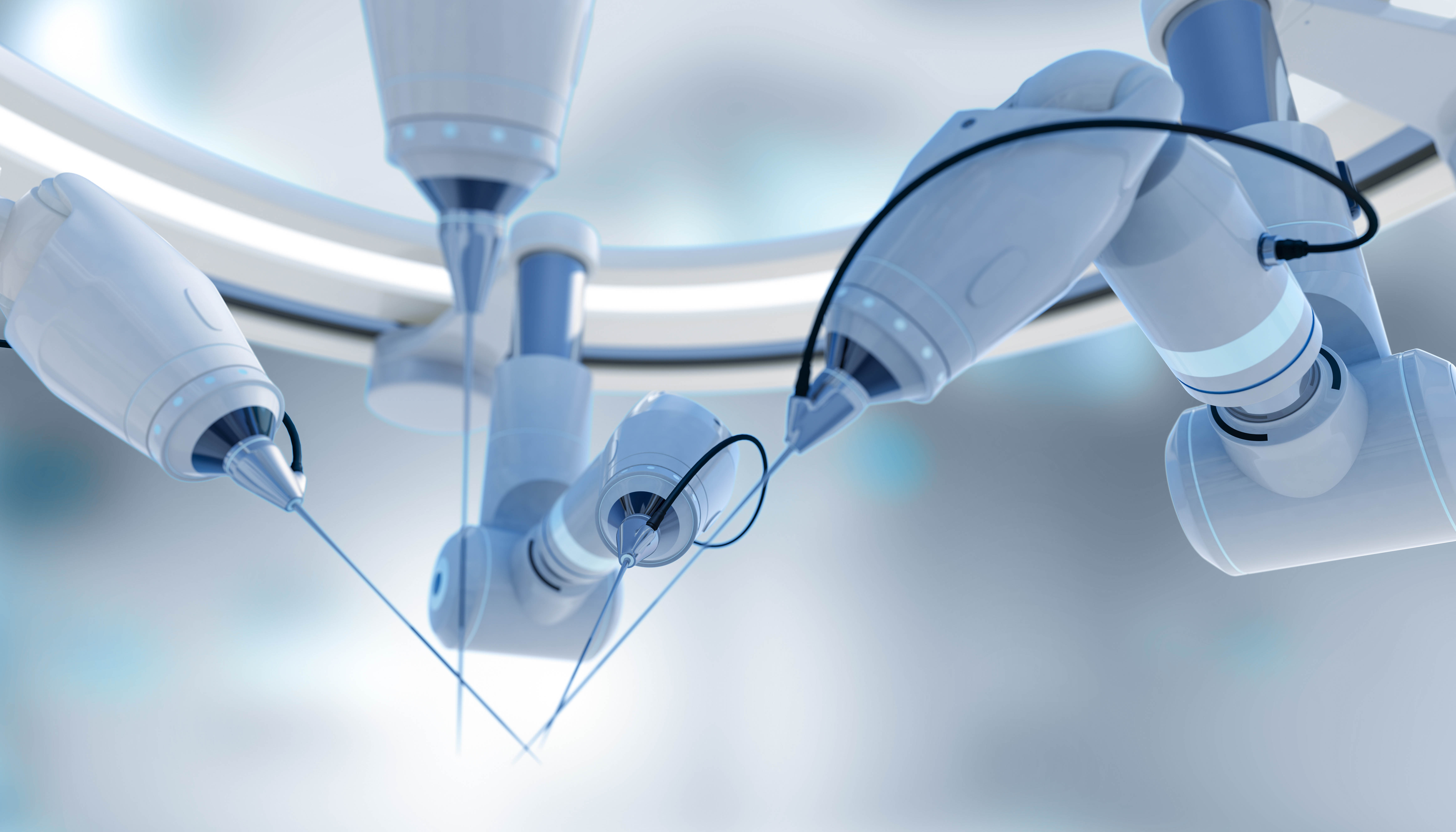Every component of a medical device must withstand intense regulatory scrutiny before reaching the market. For design engineers and manufacturers, the approval process is rigorous for the device itself as well as for each material and component within it. Lubricants are not exempt from this scrutiny. While often hidden within the mechanics of syringes, auto-injectors, surgical tools, or diagnostic equipment, lubricants perform essential functions such as reducing friction, damping shock, and ensuring reliable performance of the medical device over time.
When these lubricants are intended for use in medical environments, often they must also be biocompatible, which requires passing the stringent ISO 10993 series of tests that evaluate cytotoxicity, systemic toxicity, and skin irritation. Although there is no official category designation for “medical-grade lubricants,” the industry increasingly looks to formulations that can meet these toxicity and irritation benchmarks, especially when there is potential contact with living tissue. Device manufacturers must simultaneously consider whether a lubricant improves performance and whether its inclusion will jeopardize the medical device approval process.
Why Testing Matters
The approval process for medical devices is both costly and time consuming. Failure after submission to a regulatory body for biocompatibility can mean significant delays, lost investment, and even the need for complete redesigns. Lubricant suppliers that pre-test their products against relevant ISO 10993 endpoints are therefore helping customers remove a major source of risk. Unless they have met all required endpoint testing, biocompatible lubricants are not designed for implantation. However, when used in external or transient contact devices, these materials must still undergo testing to demonstrate that they do not produce detrimental cellular responses and are suitable for incidental contact with the human body.
FUCHS tests lubricants against cytotoxicity, systemic toxicity, and skin irritation to reduce risk for device manufacturers.
With this assurance provided by lubricant suppliers, manufacturers can move forward with confidence that their lubricant will meet biocompatibility regulatory requirements. This allows design teams to focus on the performance benefits a lubricant offers, such as motion control, durability, or assembly precision, rather than worrying about unexpected compliance setbacks.
The medical device industry emphasizes data-driven assurance and performance validation. Lubricant suppliers support this by providing clear evidence through test reports that demonstrate compliance with regulatory standards, compatibility studiesacross plastics and elastomers, mechanical behavior, and performance under sterilization conditions.
This reliance on verifiable data gives manufacturers and regulatory bodies confidence in lubricant selection. By sharing transparent, measurable results, suppliers strengthen trust and help device designers move forward with clarity. This is an especially critical factor in a field where delays or failures can carry significant financial and reputational costs.
Performance Under Pressure: Sterilization and Harsh Environments
Medical devices may be required to endure a range of sterilization methods before and after use. From gamma radiation and ethylene oxide to steam autoclave, each protocol places unique environmental stresses on device components, and lubricants that degrade under these conditions can compromise device performance and integrity.
Biocompatible lubricants must therefore be engineered to withstand both regulatory and functional demands. Their ability to withstand sterilization without breaking down, leaching, or altering mechanical performance is a crucial advantage. For example, damping greases used in auto-injectors must reliably control spring forces, timing, and “feel” even after enduring terminal sterilization like gamma and possible variation in storage conditions. In many cases, lubricants offer a cost-effective alternative to more complex mechanical redesigns, solving problems of tolerance stacking, shock absorption, and wear prevention in scalable ways.
Material Compatibility and the Expanding Portfolio
One of the most pressing concerns in medical device engineering is compatibility with the wide range of materials used. Plastics now make up more than 80% of a typical medical device, and interactions between lubricants and polymers can lead to embrittlement, swelling, or reduced performance.
Traditionally, silicone oils and greases dominated this space as they are known to be chemically inert, biocompatible, and well tolerated by the body. While effective in some applications, silicone formulations fall short in others, particularly in bearing or metal-on-metal contact points where durability is essential. To address these gaps, suppliers have developed a broader portfolio of base oils, including polyalphaolefins (PAOs), esters, and perfluoropolyether (PFPE) formulations, that expand an engineer’s toolkit.
PFPE-based lubricants, for instance, are compatible with virtually any material, making them ideal for O-rings and seals. PAO lubricants offer proven performance in connectors and metal on metal interfaces. By moving beyond silicone, medical device designers gain flexibility in addressing complex material pairings without compromising performance.
Biocompatible lubricants offer versatility across a wide array of medical device categories, from powered surgical tools and diagnostic equipment to advanced assembly processes and robotic systems.
Addressing Industry Misconceptions
A common misconception is that a “medical-grade” lubricant represents a recognized certification. In reality, the term is often used loosely as a marketing phrase. Without ISO 10993 data to support it, the designation carries little weight. Forward-thinking suppliers focus instead on transparent testing and clear documentation, helping device manufacturers navigate claims and identify trusted solutions.
Another misconception is that lubricants are merely an add-on that can help prevent friction. In fact, their role is often more expansive. By mitigating wear, controlling motion, and compensating for dimensional variances, lubricants directly influence reliability of medical devices, resulting in improved user experienceand patient outcomes. In auto-injectors, for example, damping greases determine how smoothly a drug is delivered and how comfortable the process feels to patients.

Meeting Emerging Challenges
The miniaturization and automation of medical devices are creating new demands on lubricants. As devices shrink and tolerances tighten, the margin for error narrows. Automated surgical tools and robotic systems require lubricants that not only reduce friction but also preserve precision under continuous, high intensity use. At the same time, regulatory and environmental pressures are reshaping the industry. Concerns about PFAS “forever chemicals” in certain lubricant thickeners have driven demand for alternatives. FUCHS has already responded with damping greases specifically formulated without PFAS, allowing customers to meet both compliance requirements and sustainability goals.
FUCHS Lubricants Co., the world’s largest independent lubricant supplier, has positioned itself as a leader in this evolving landscape through its medical segment and legacy expertise in lubricants. The company maintains an ISO 13485 quality certification and tests products from its NYEMED product line against ISO 10993 biocompatibility requirements for cytotoxicity, systemic toxicity, and skin irritation.
About the Author
Joseph Sahl - Global Business Development Manager, Medical Market
Joe he leads strategic growth initiatives and partnerships in high-performance lubrication solutions for medical applications. With more than 20 years of engineering and technical experience, Joseph has built his career around translating complex performance challenges into innovative, reliable solutions across industries including aerospace, semiconductor, and automotive. Known for his consultative approach and collaborative mindset, he works closely with customers and industry partners to advance technologies that meet the evolving demands of precision engineering and patient safety in the medical field.

